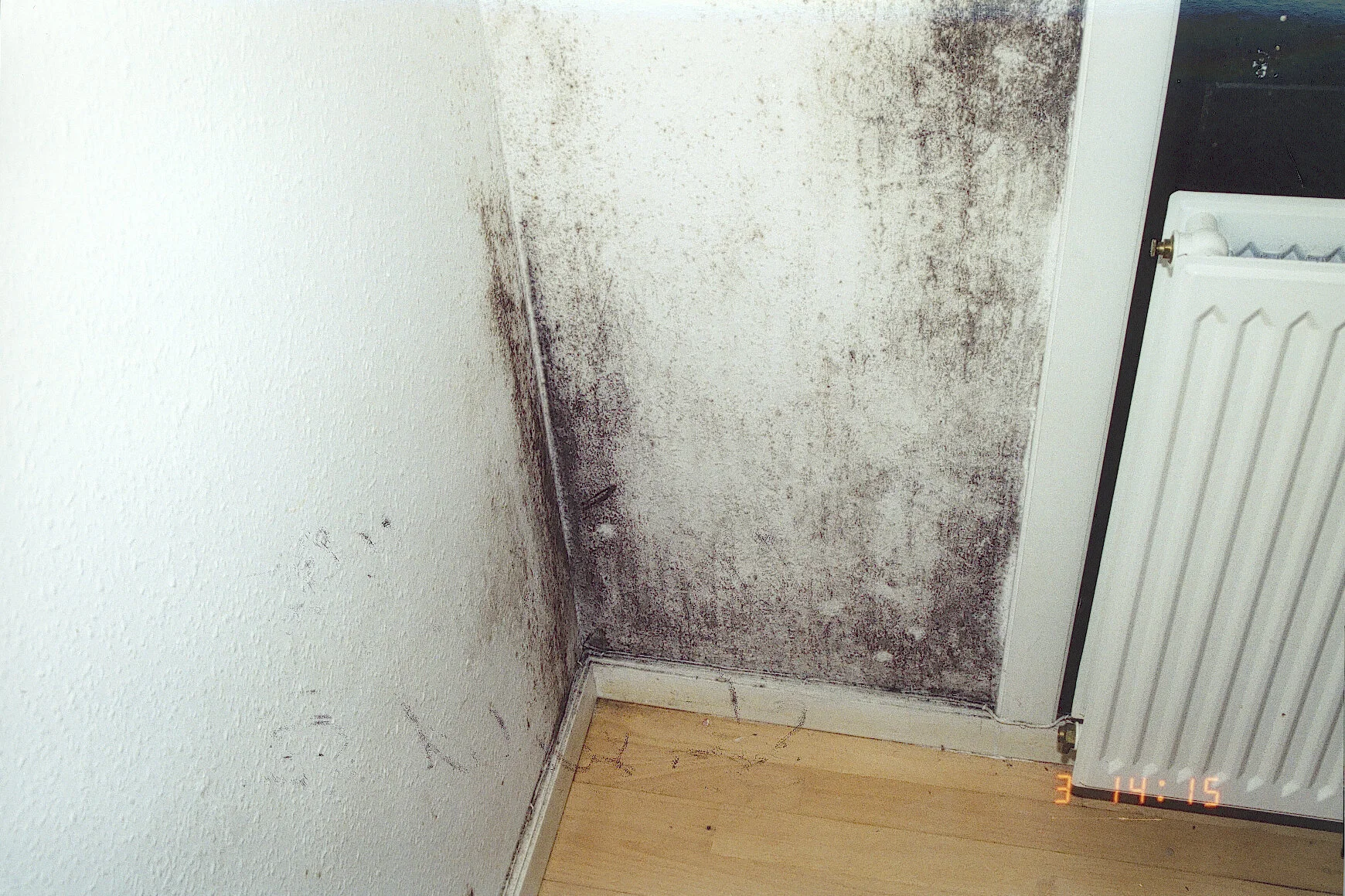
Typical damages / Mould Growth
Mould Growth
Mould are microscopic fungi belonging to different biological groups and consisting of many species. They live on surfaces of materials, use easily assimilated nutrients for growth and produce airborne spores. Mould fungi are widely spread across different environments on the Earth, and no natural place with air are free from spores.
What to look for
Extended mould growth on building materials may be visible to the naked eye. Often it appears as black, green or white discoloration at surfaces. Some fungi produce pigments in their hyphae and spores that can cause this discolouration, while others lack these pigments. Therefore, mould growth is not always visible to the naked eye. Therefore, extensive mould growth may be present in buildings even though there are no clear signs. Typical warning signs can be damp surfaces, dried out water stains and rusty nails in the construction.
Risks
Mould in buildings may have negative effect on the perceived indoor environment. Human health may be adversely affected due to the spread of particles, toxins and volatile organic compounds from the mould fungi to the indoor air. Inhalation of airborne microorganisms and the metabolites may lead to immunological reactions leading to different health issues. Furthermore, mould may produce odorous substances, which affect the perceived indoor environment. Due to renovation the costs associated with this growth are substantial.
Why it occurs
The main environmental factors affecting mould growth in building structures are humidity and temperature; moisture being the crucial factor. Suitable conditions for the growth and reproduction of different mould fungi vary. Some thrive at relatively low values of relative humidity (RH = 75%), while most fungi require values of RH (90-95 %) for optimal growth in room temperature. Different building materials vary in their susceptibility to mould growth; some can withstand high moisture content better than others. Mould growth is the result of a complex interaction between all these factors; environmental factors and duration, material properties and the characteristics of mould fungi present.
Where to look for risks
For mould to grow on material there must be nutrients in the form of simple carbohydrates present on the material. All material organic compounds or surfaces with dirt are therefore at risk for mould growth if there is sufficient moisture available. This will typically be the case at cold surfaces especially in corners and behind furniture where the ventilation is low.
The original external wall in historic buildings often consists of inorganic building material and may therefore be considered as robust from a mould perspective. However, there are also adjoining frames, beams, windows, doors, added insulation and surfaces containing organic compounds, that needs to be inspected. Furthermore, simple dust contains organic material, therefore mould can appear at cold surfaces due to high relative humidity in these areas.
What to do
If the material is wet because of leakage in pipes or rising damp, these moisture sources must be remedied. Changing the temperature in the outer surface is difficult without changing the appearance of the wall. Therefore, if there is no extraordinary moisture source, the material may be too sensitive for its use, and internal insulation will increase the risk of further frost damage. Evaluating the frost sensitivity of the existing material is a job for experts; it requires an extensive experimental effort, wherein a large number of material samples has to be available.












